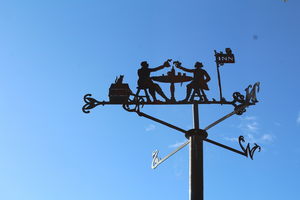Medieval Pilgrims Apparently Tried to Ward Off the Plague With Bawdy Badges
Editors’ note: This story contains images of metal badges depicting human genitalia.
In medieval Europe, Christian pilgrims walked all the way from England to Spain (with a brief reprieve on a boat), their long robes dragging along dirty, treacherous roads where solo travelers were frequent targets of thieves. Pilgrims carried only a leather pouch holding food and money, a bottle of water, and maybe a religious book. At night, that filthy robe doubled as a sleeping bag. Pilgrims covered their wide-brimmed hats in mass-produced pewter badges to show off all of the shrines they’d trekked to. At the end of this months-long journey, their reward was seeing the tomb of the apostle James at the Santiago de Compostela cathedral, and adding a scallop shell to the collection on their hat.
Pilgrimage was wildly popular. It’s estimated that, in the 13th and 14th centuries, 500,000 pilgrims a year visited Santiago de Compostela alone. While these longer trips were common, there were also local or regional trips to be had—a quick jaunt to Canterbury to be healed by the blood-soaked clothing of religious martyr Thomas Becket, a sojourn to Norfolk to see a bottle of the Virgin Mary’s breast milk. Adherents undertook pilgrimage largely seeking healing or forgiveness, and the badges they accrued served both as proof of their devotion and as potent protectors. Popular shrines might sell more than 100,000 badges a year. (Upwards of 20,000 have been unearthed so far in Europe, most during archeological dredging along the banks of the Schelde Estuary in the Netherlands, the Seine in France, and the Thames in England.)
While most badges depict religious motifs and scenes related to specific saints and shrines, a not-insignificant number are sexual in nature. Anthropomorphic vulvas and penises sport arms, legs, or wings. Vulvas ride on horseback, dress as pilgrims, roast a penis on a spit atop a vulva grease trap. Penises parade a crowned vulva on a processional bier.
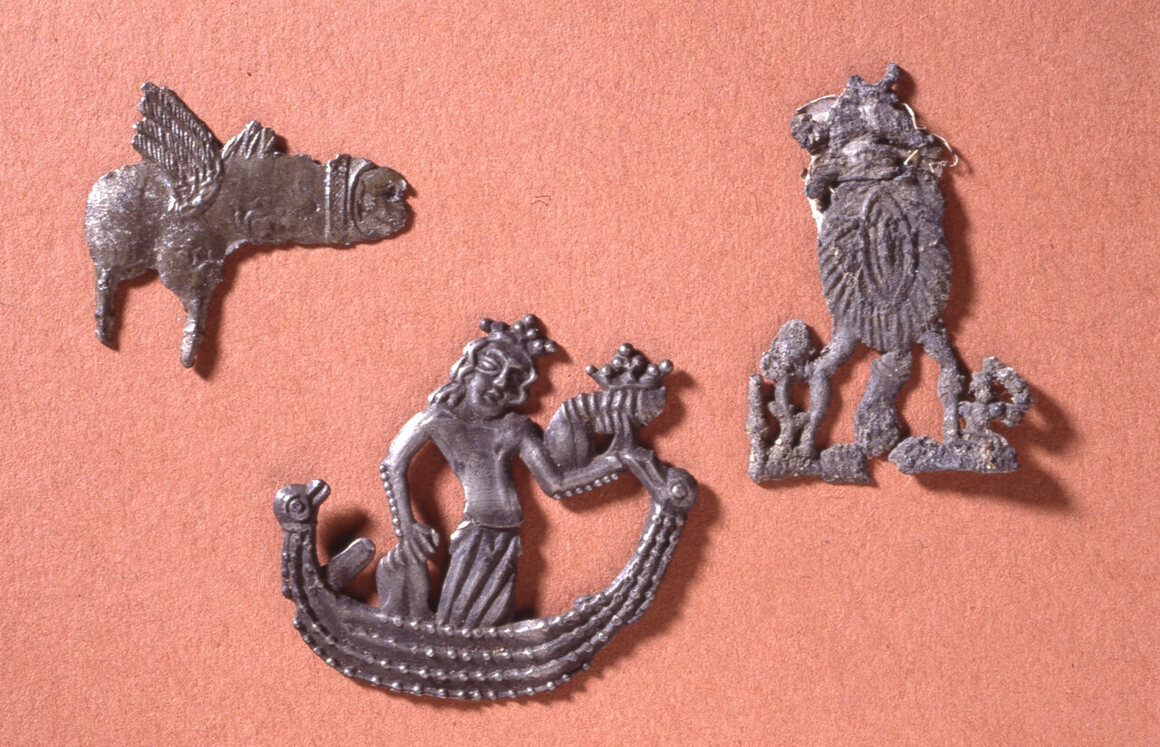
The sexual badges, catalogued by Dutch collector H. J. E. Van Beuningen, date from 1350 to 1450 and were discovered during archeological excavation of urban areas in the Netherlands and France, with a few found near London. Many scholars believe that these badges were thought to serve a specific function: protecting against disease and disaster.
In a period of near-perpetual crisis, the plague was especially brutal. Hot on the heels of the Great Famine, the Black Death killed 25 million Europeans (and as many as 200 million people worldwide). At the time, vectors of transmission were scarily vague: Theories about plague transmission included miasma (corrupted air), poison, an imbalance of the body’s humors, or being on the receiving end of a sick person’s gaze. The badges may have been worn in hopes of protecting against the Black Death by fending off infectious glances. “Religious or erotic pilgrim badges easily fit into a later medieval person’s ‘anti-infection’ toolkit,” says Winston E. Black, an historian of medieval medicine and pharmacy.
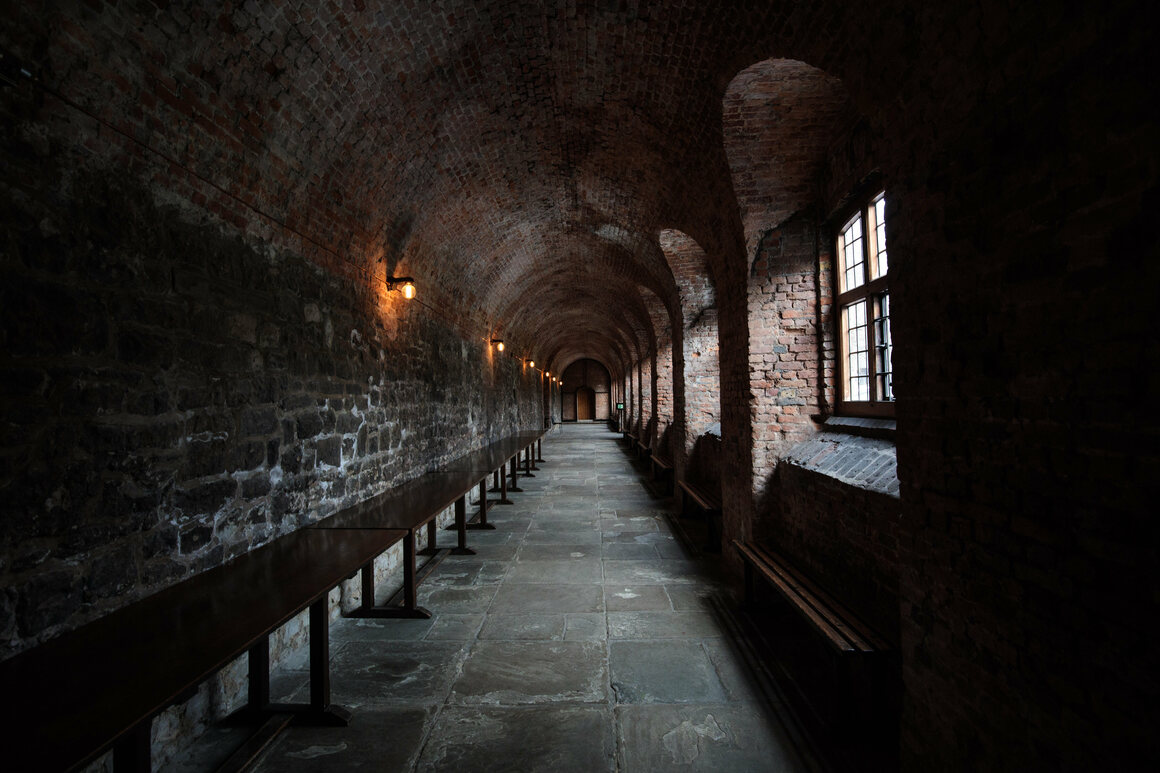
To fend off the plague, people commonly turned to communal processions, special masses, vigorous confession, and praying to “plague saints,” such as Sebastian and Roch. Local pilgrimage increased during the plague outbreaks, Rasmussen says. Scared supplicants turned to other salves, too. “It was totally acceptable to use both religious and natural remedies against the plague, not to mention more superstitious or magical remedies,” Black explains. Medical prophylactics included strong vinegar and bitter herbs, to be sniffed after coming into contact with potentially poisoned air.
Though Black has yet to uncover evidence specifically linking sexual badges with plague prevention, he says it’s likely that they were used for that purpose, and to deflect other problems, too, such as the ‘evil eye.’ Both uses would have called for apotropaia, the process of diverting a potentially harmful gaze or other ill-intentioned phenomena. First, would-be deflectors had to attract it—ideally, to something other than themselves. One way to do that was with a shocking image. “Almost all such sexual badges were not intended as ‘erotic’ in the sense of provoking sexual arousal, but principally as apotropaic—by the exposure of the genital icon, whether male or female, they were intended to disarm that ever present yet vague malevolence known as the Evil Eye,” medieval folklorist Malcolm Jones asserted in The Secret Middle Ages.
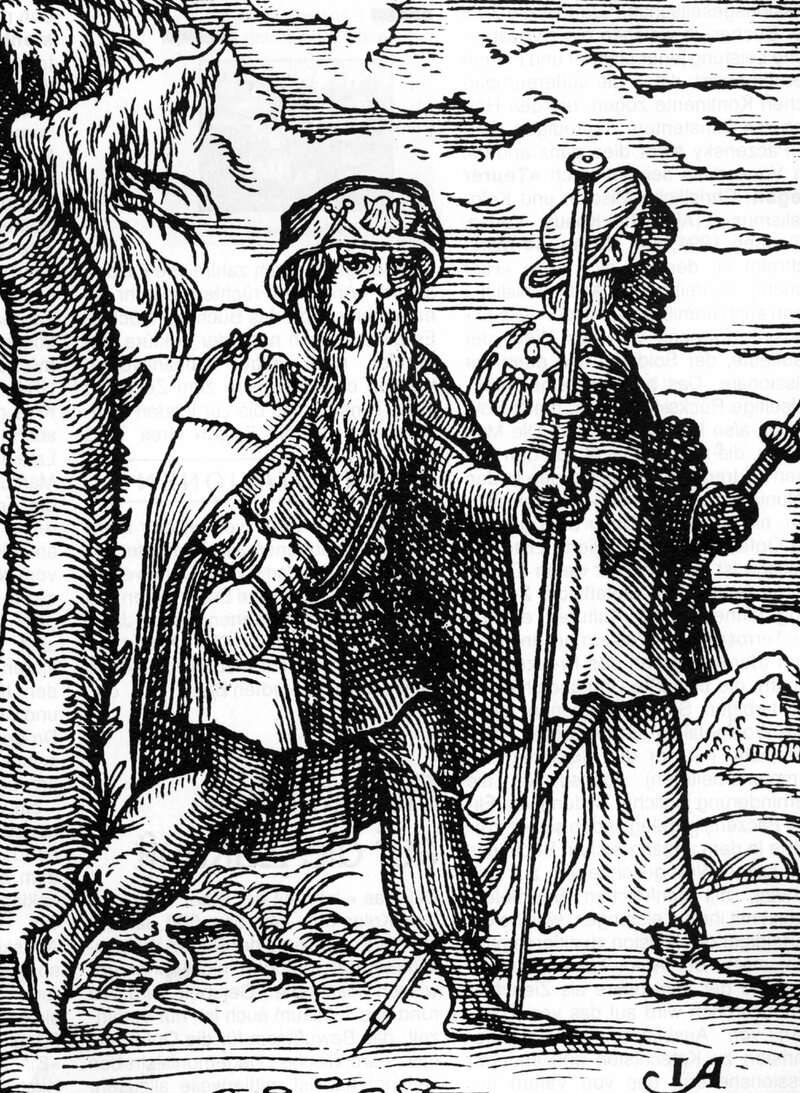
The evil-vanquishing power of genitalia, especially the vulva, has ancient roots. Beliefs about apotropaic genitalia trace back to Greece in the 5th century BCE. Italy, France, Ireland, China, India, and areas of Northern Africa all have myths involving the apotropaic powers of the vulva; Polynesian and Finnish folklore endow it with supernatural abilities. It makes sense to believe something that brings forth life must have incredible power.
But not everyone agrees that these sexual badges functioned solely as apotropaic devices. Other scholars suggest the badges parody religious devotion, reflect the era’s veneration of the “generative powers” of the penis and vagina, or caricature those interested in more of a sexual pilgrimage than a religious one. One new theory asserts the badges found in London depicting a cockerel mounting a hen were exchanged as love tokens among teens. The sexual nature of the badges means they’ve often been overlooked, miscategorized, or examined through a modern lens rather than a medieval one. “They are intriguingly whimsical,” says Rasmussen. “It’s so fun and interesting because we don’t know.”
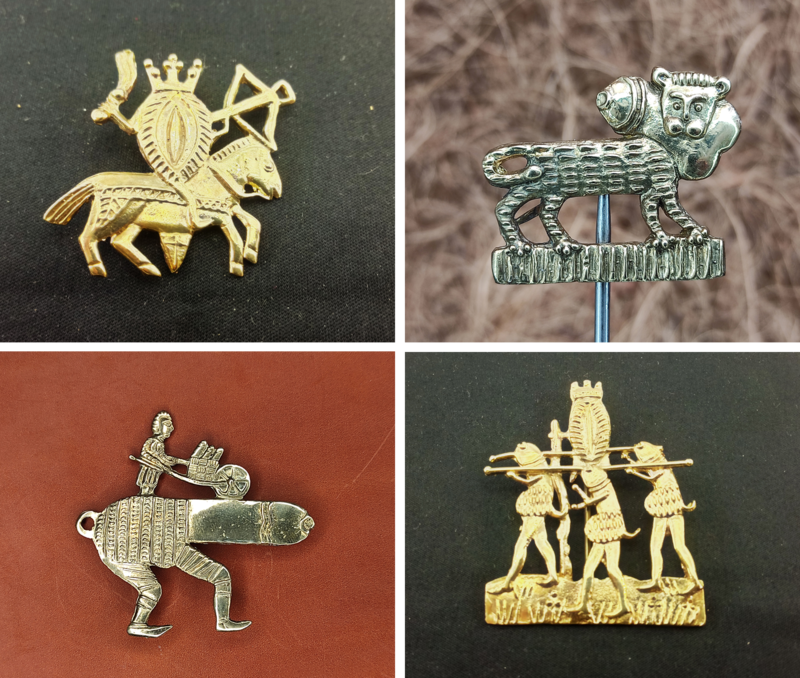
Based on the dates and urban areas where they were found, Rasmussen believes the sexual badges are related to carnival culture. “In late medieval cities, public areas were spaces of near-constant spectacles—liturgies, executions, taxation, marriages, peace treaties, anniversaries of the defeat of enemies,” Rasmussen says. These could be raucous affairs. Add pilgrimage into the mix—with each town having its own saint, who in turn has their own feast day—and you have people flocking to the city from all over the country to publicly perform acts of piety. Special badges may have been made for these events.
Whether or not the sexual badges were used specifically to ward off the Black Death, the cross-cultural belief in the power of genitalia to deter evil is inarguable. London’s Vagina Museum is selling face masks decorated with vulvas, should you care to tap into this power to help fend off the current plague.


